Dot Duel Rules, FAQs, & Videos
This page is maintained to the best of our ability. If anything remains unclear, feel free to reach out via email at info@think-fast-games.com or by clicking the button below.
Explainer Video
Dot Duel Rules
General Overview
Dot Duel is a fast-paced, card-collection game where players race to connect the dots and find the rolled number represented on the showing cards. Players must be careful — a mistake could land them in a high-stakes duel that could kill their chances of winning!
Recommended for 2-6 Players.
Equipment
2 dice & 57 Dot Duel Cards. Each card has eight different symbols representing the numbers 2-12. A card may have multiple representations of the same number, but never the same exact symbol. Between any two cards, there is exactly one matching symbol. When this is found in game play, it is called a "Double Dot" - which can be highly lucrative to claim.
Initial Set Up
Give the cards a quick shuffle. Place six cards face up between players so that everyone has a good view of the cards. The remaining cards make up the draw deck and can be placed to the side.
Take turns rolling one of the dice. The player with the highest roll goes first.
Note that everyone is playing on every turn, so you must always pay attention! Each turn consists of two potential phases: Seek & Question and Dot Dueling (if applicable).
Seek & Question
Before every turn, make sure that there are six cards showing. If the main deck is empty, play continues with however many unclaimed cards remain until there are zero.
A turn begins with one player rolling the dice in an area visible to everyone. There is no need to announce aloud the number that is rolled, but players are allowed to do so if they please.
As soon as a number is rolled, all players search the six cards to find symbols that match the number rolled. There are several symbols for each number, and there may be multiple symbols representing the same number on a single card!
When a player is confident that they see all the symbols on a single card representing the number rolled, they can claim that card by declaring (out loud) the number of matching symbols and pointing to the card. For example, if the number “8” was rolled, a player who sees two symbols for “8” on one card can claim that card by pointing to the card and saying “two eights.”
The other players now have 5 seconds to “check” if the person was correct in their claim (in our example, players would check to see if there are exactly two symbols for “8” on the card). This is called the Questioning Period.
There are three possibilities from this point:
- The person missed at least one symbol for the number rolled (there were actually three symbols for the number “8” on the card claimed). In this case, the first opponent who yells “Dot Duel!” and verifies that there were missed symbols initiates a duel. The card is placed to the side and a duel will commence between the two players in question once the Seek & Question phase is complete.
- The person claimed more symbols than were actually present on the card (there was just one symbol for the number “8” on the card where two were claimed). By drawing their weapon too carelessly, the person who claimed the card has shot themself in the foot and must sit out the remainder of the round — they cannot claim any more cards or initiate a duel. If they have already successfully added cards to their personal deck during this round, they must return them to the main draw deck, randomly placed.
- The 5 seconds pass without anyone initiating a duel or without anyone proving the player incorrect. In this case, the player adds the claimed card to their personal deck.
Note that play continues during this Questioning Period and more cards can be claimed by any player. The 5 second questioning period starts whenever a card is claimed, and several cards may need to be checked at the same time, so don’t get caught sleeping!
The “Double Dot” Rule:
If a player sees two cards with the EXACT same symbol for the rolled number, they can yell “Double Dot!” and point to the cards. If they are correct, they take all of the remaining cards showing to add to their collection! If a card has been added to a personal pile when the Double Dot is claimed, that card remains with whomever successfully added it, and the player calling Double Dot gets whichever remaining cards are showing.
A card added to a player’s personal pile cannot be used in a Double Dot symbol match. A card set to the side for a duel is also out of play for a Double Dot — the duel must take place. A card that has been claimed but is still within the 5 second Questioning Period, however, is not safe — it would go to the player claiming the Double Dot.
If the player is incorrect about a Double Dot, they lose the right to claim any cards during the round and cannot initiate a duel. Any cards already claimed or added to their piles during the round must be returned to the main draw deck. In addition, the player who incorrectly claimed a Double Dot must sit out the next round.
Ending a Round:
Once all cards have been claimed or set aside for duels OR players agree that all remaining cards showing do not have any symbols representing the number rolled, play moves on to the Dueling Phase (if applicable).
Dot Dueling
There may be several duels that occur during the dueling phase. It is important to remember which two players are involved in each duel, and who initiated each duel. The order of the duels is determined by the order that they were initiated.
To begin a duel, the player who initiated the duel (i.e., the one who yelled “Dot Duel!”) places one card from their personal deck between themselves and their dueling opponent in what is called the Dueling Grounds. The other player who miscounted the numbers on the cards places three cards from their personal deck into the Dueling Grounds. If either player does not have enough cards to place into the Dueling Grounds, the main draw deck is used to fill the need. If the main draw deck is empty, the Dueling Grounds will only have as many cards as the dueling players can provide. If neither player has any cards in their personal deck and the main draw deck is empty, the card in question is placed into the Dueling Grounds as the only card in play for the duel.
The player who initiated the duel rolls the two dice in an area both can see. The first one to correctly declare the number of symbols that match the rolled number across all cards in the Dueling Grounds wins the duel and claims all cards plus the card being dueled over.
If the player claimed an incorrect number of symbols, it’s called a Misfire and the opponent wins the duel automatically.
The “Double Dot” Duel Rule:
If a player sees two (or more) cards with the EXACT same symbol for the rolled number in the Dueling Grounds, they can yell “Double Dot!” and point to the cards. If they are correct, they not only win the duel, they also take the entire personal deck of their dueling opponent!
A Double Dot cannot be claimed after someone has already won the duel or if there has already been a Misfire. Claiming a Double Dot incorrectly is an automatic loss of the Duel, and the player must sit out the next two rounds of play.
If a number is rolled that is not on any of the four cards, the dice are re-rolled and the duel is redone until there is a winner. Duels continue in sequence until all have been completed.
Winning the Game
Play will end when there are no remaining unclaimed cards. Once the game ends, players count the cards in their possession, and the player with the most cards wins!
If two (or more) players have the same number of cards, a final duel is initiated between those players to determine the winner. To compete for the crown, all tied players must place two cards into the Dueling Grounds. The player who most recently added cards to their collection acts as the initiator by rolling the dice to begin the duel. Duel rules are the same, and the victor claims the glory!
Frequently Asked Questions
What if no card has a matching number from the rolled dice?
This is possible, especially in a duel when there are just four cards showing. If this occurs during the Seek and Question phase, play moves to the next player to roll the dice. In a duel, the Initiator rolls the dice again to restart the duel.
What if two players yell “Dot Duel!” at the same time?
The player who yells “Dot Duel!” and points to the symbol on the card first wins in initiating the duel. If there is a legitimate tie, all three players must compete in the same duel. The two who initiated put up one card from their personal deck into the Dueling Grounds, and the other player places their normal three. The two challengers must determine who among them will roll the dice. After that, the duel rules are the same. If there is a Misfire, however, the remaining players continue dueling until only one is left standing.
What if two players yell “Double Dot!” at the same time?
If two players yell “Double Dot!” and point to the two cards at the same time, then a duel between the two players is initiated following standard duel procedures. All showing cards that would have been added to a personal deck by the Double Dot are set aside and can be won via the duel. The rules of the duel are the same from there.
What happens if a person who is found guilty of shooting themselves in the foot is actively claiming more than one card within the 5 second Questioning Period?
The penalties listed in the Seek and Question section all apply (returning cards added to their personal deck to the main draw deck, sitting out the remainder of the current round, not being able to initiate a duel), and the other cards they are actively claiming also get returned to the main draw deck.
What happens if a person who is found guilty of shooting themselves in the foot is already supposed to be involved in a duel that was initiated before shooting themselves in the foot?
Their would-be opponent adds the card that would have been won during the duel to their personal deck. If the duel was supposed to have three or more players involved, then the duel is canceled and the card is returned to the main draw deck.
What if a player purposefully shoots themselves in the foot to avoid a duel?
If a majority of players agree that someone purposefully shot themselves in the foot, then the duel will commence. Double Dot Duel rules are still in play, of course.
What if I notice a Double Dot during the 5 second Questioning Period that involves a card I'm in the process of claiming?
If you have already attempted to claim a card, you cannot use that card in a Double Dot claim. Other players can, however, take this card as part of a Double Dot claim if it occurs during the 5 second Questioning Period. If not, you take the card as you normally would and play continues.
If you attempt to claim a Double Dot that involves a card you're already in the process of claiming, you lose the right to claim any cards during the round and cannot initiate a duel. Any cards already claimed or added to your pile during the round must be returned to the main draw deck. In addition, you must sit out the next round.
Dot Duel Symbols
Scroll through the images below to review the various visual representations of each number from two to twelve that are included in the Dot Duel deck of cards.
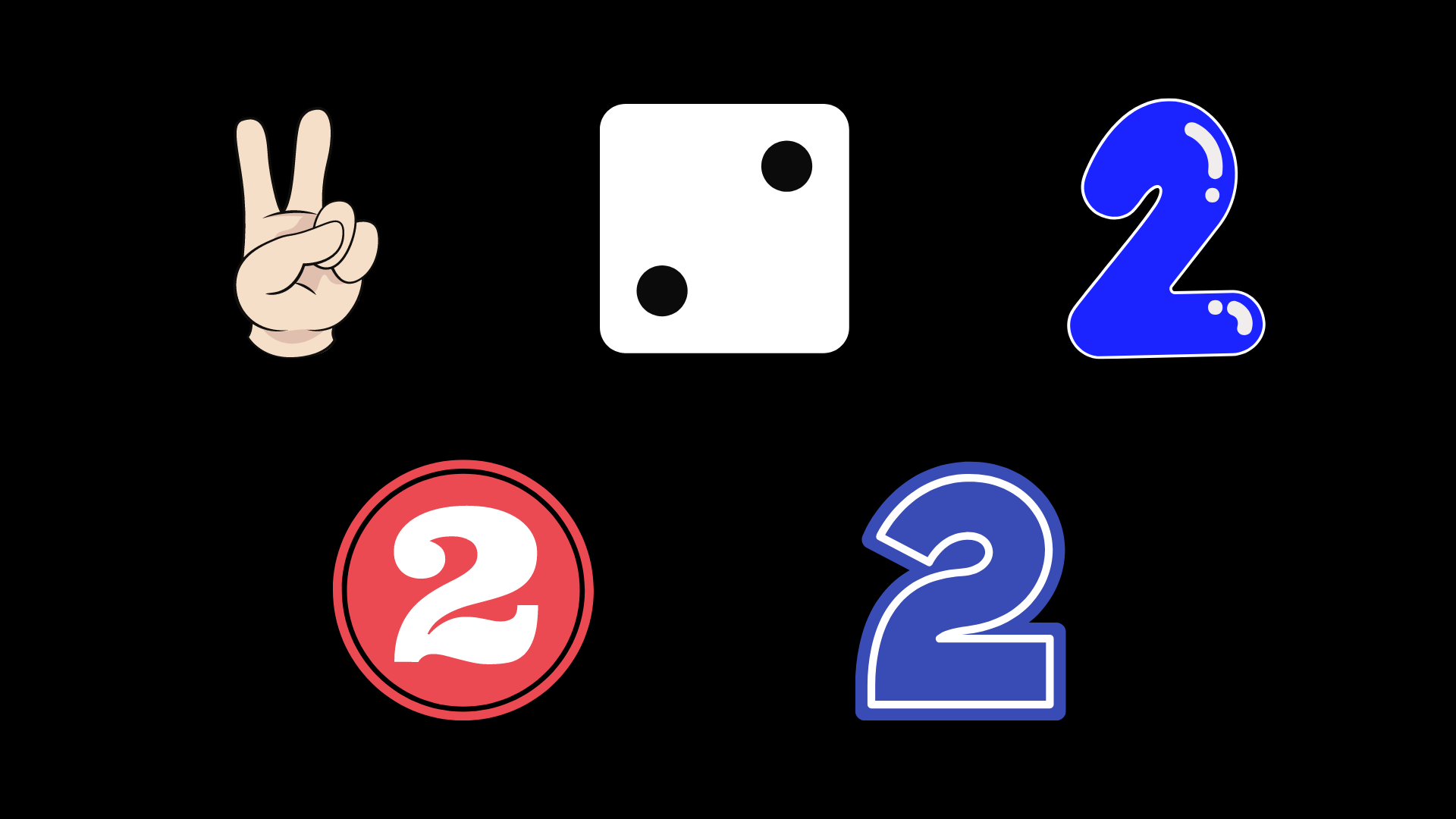

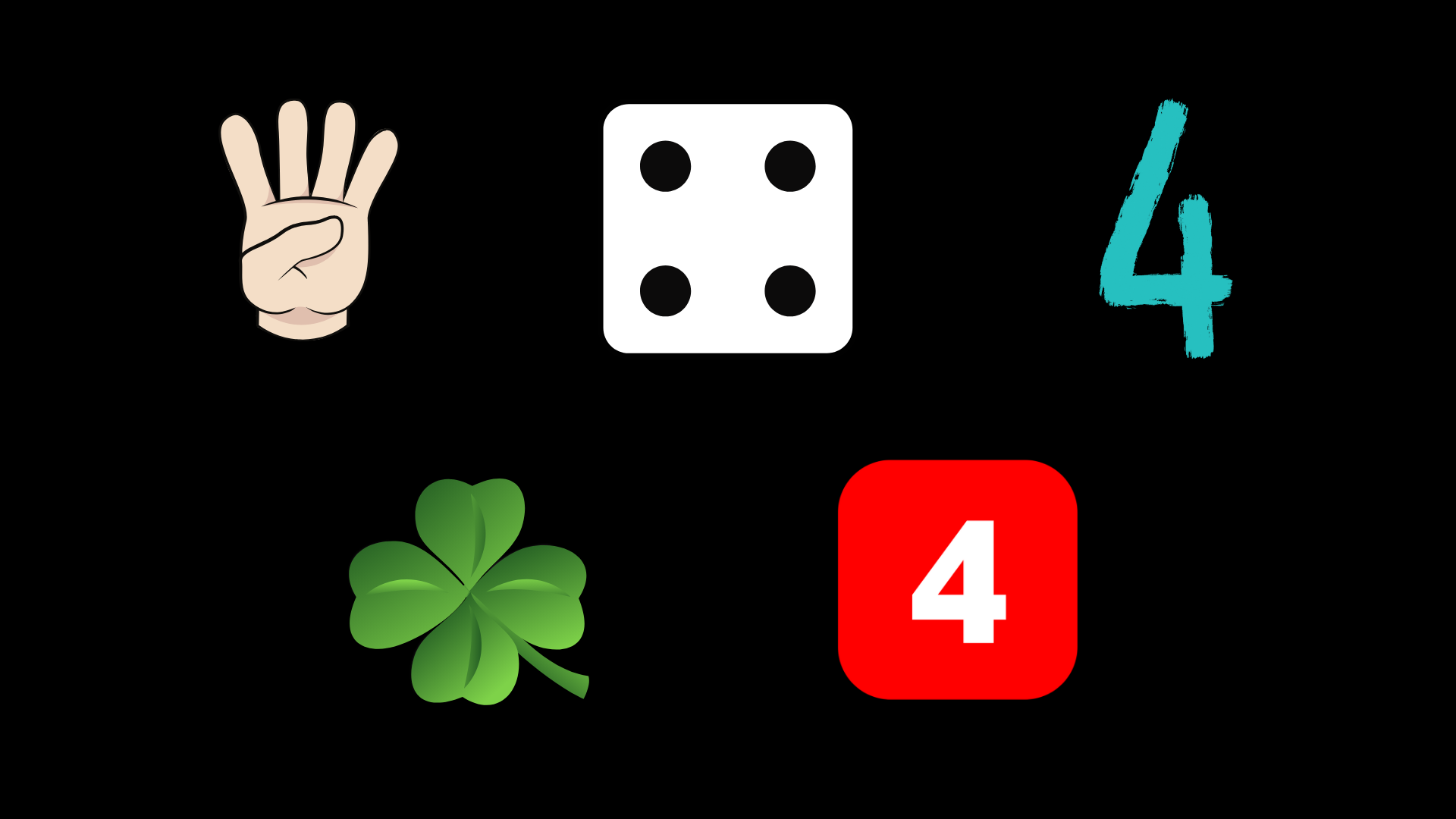
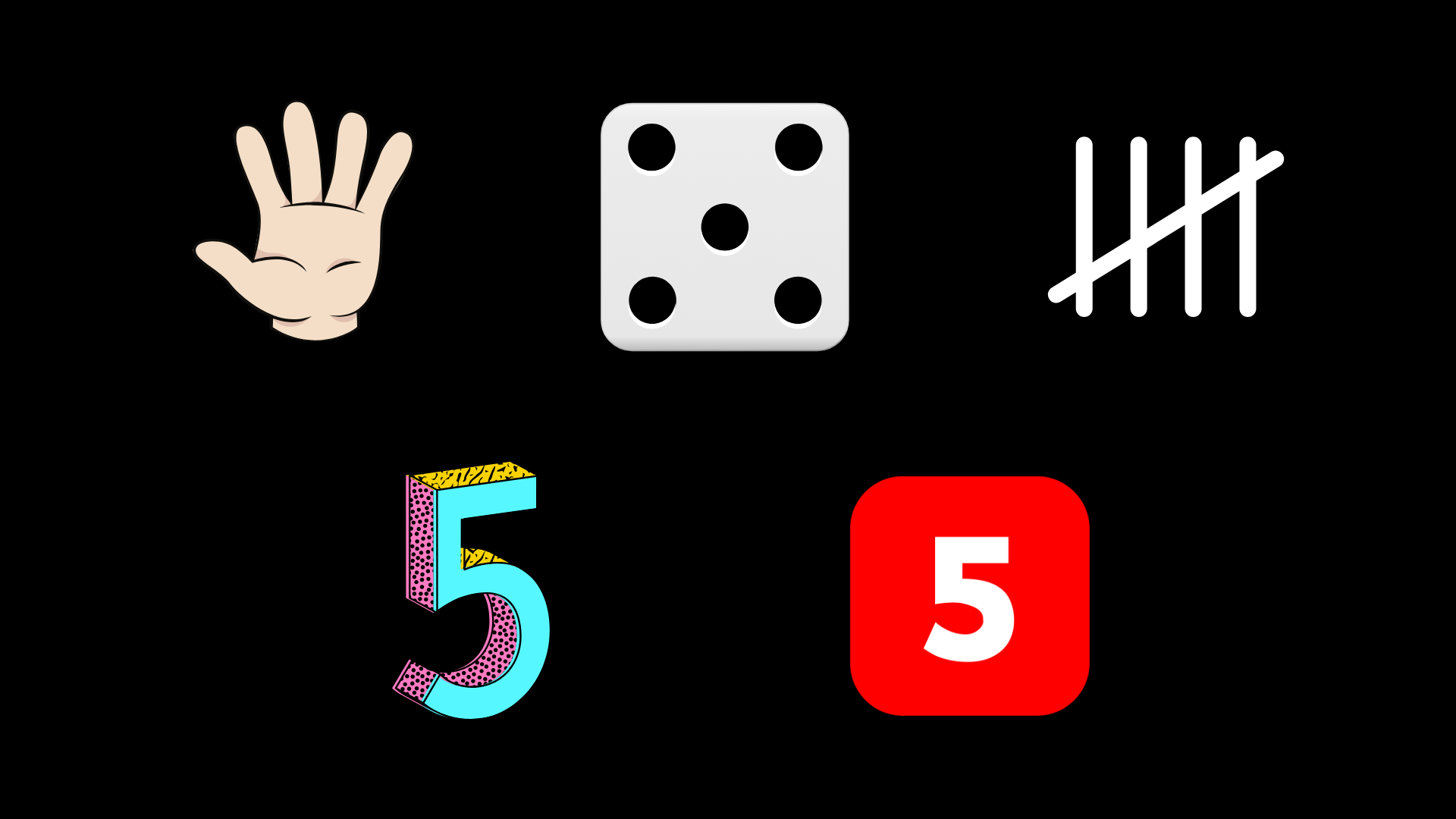
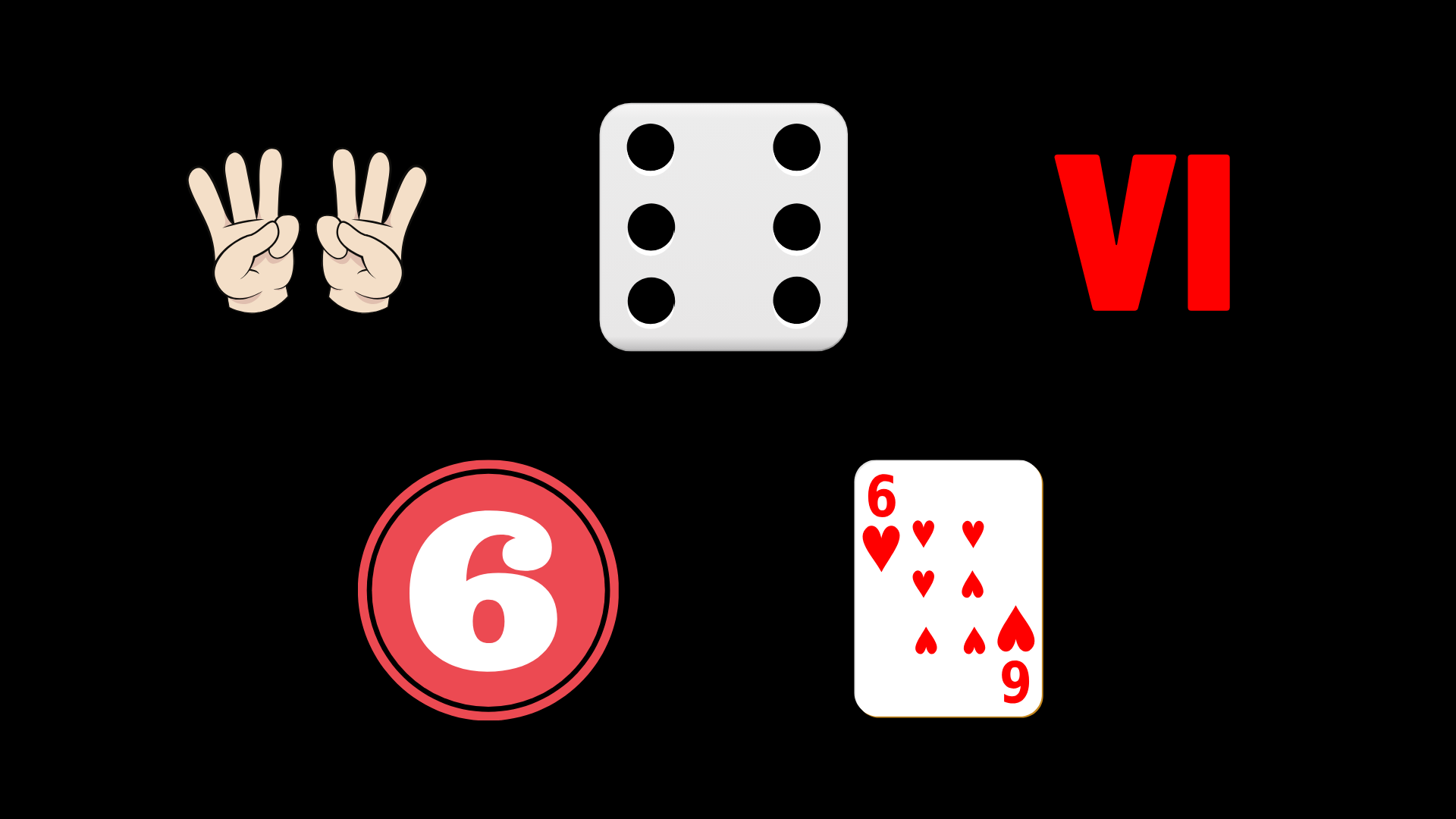
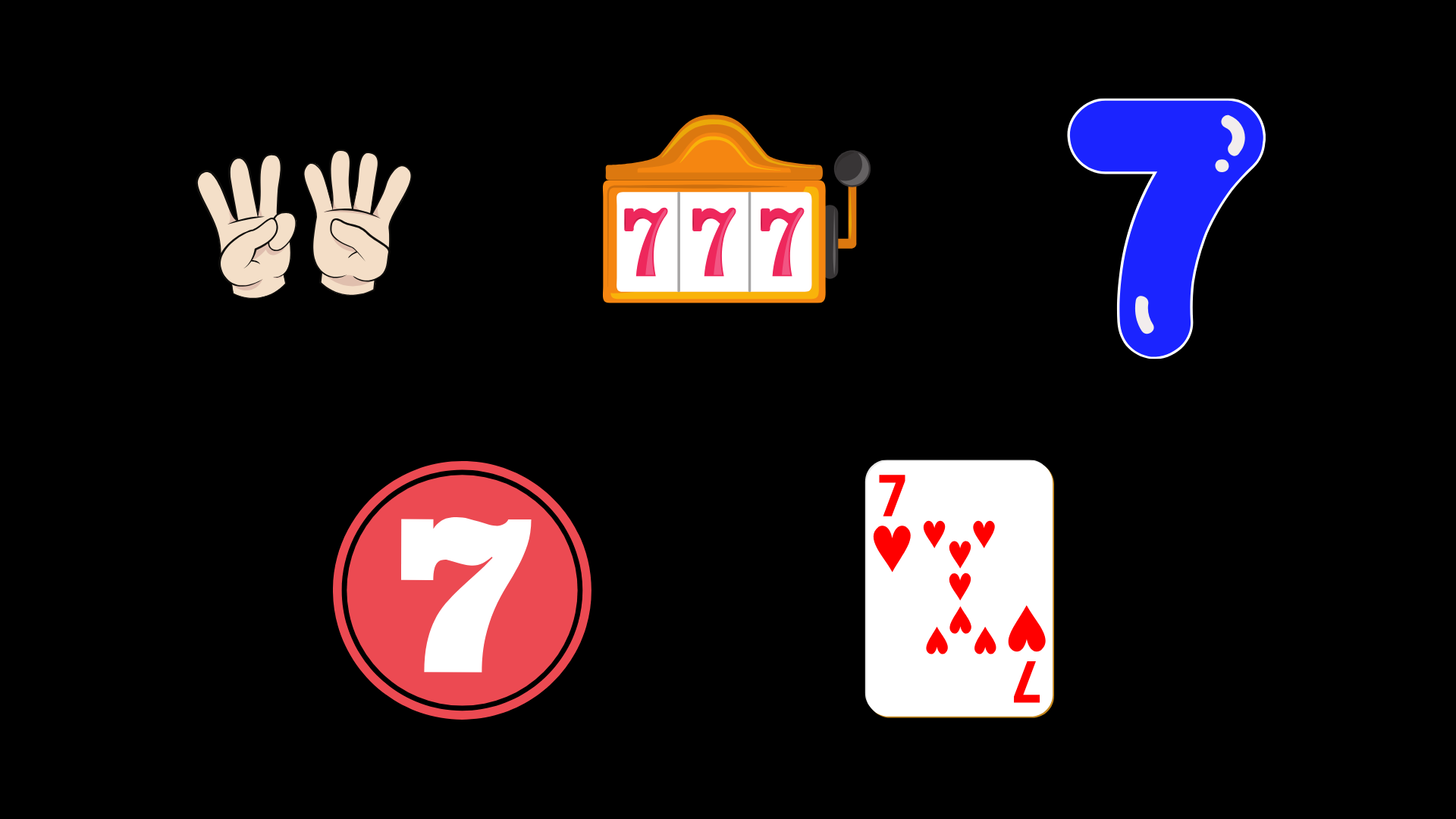

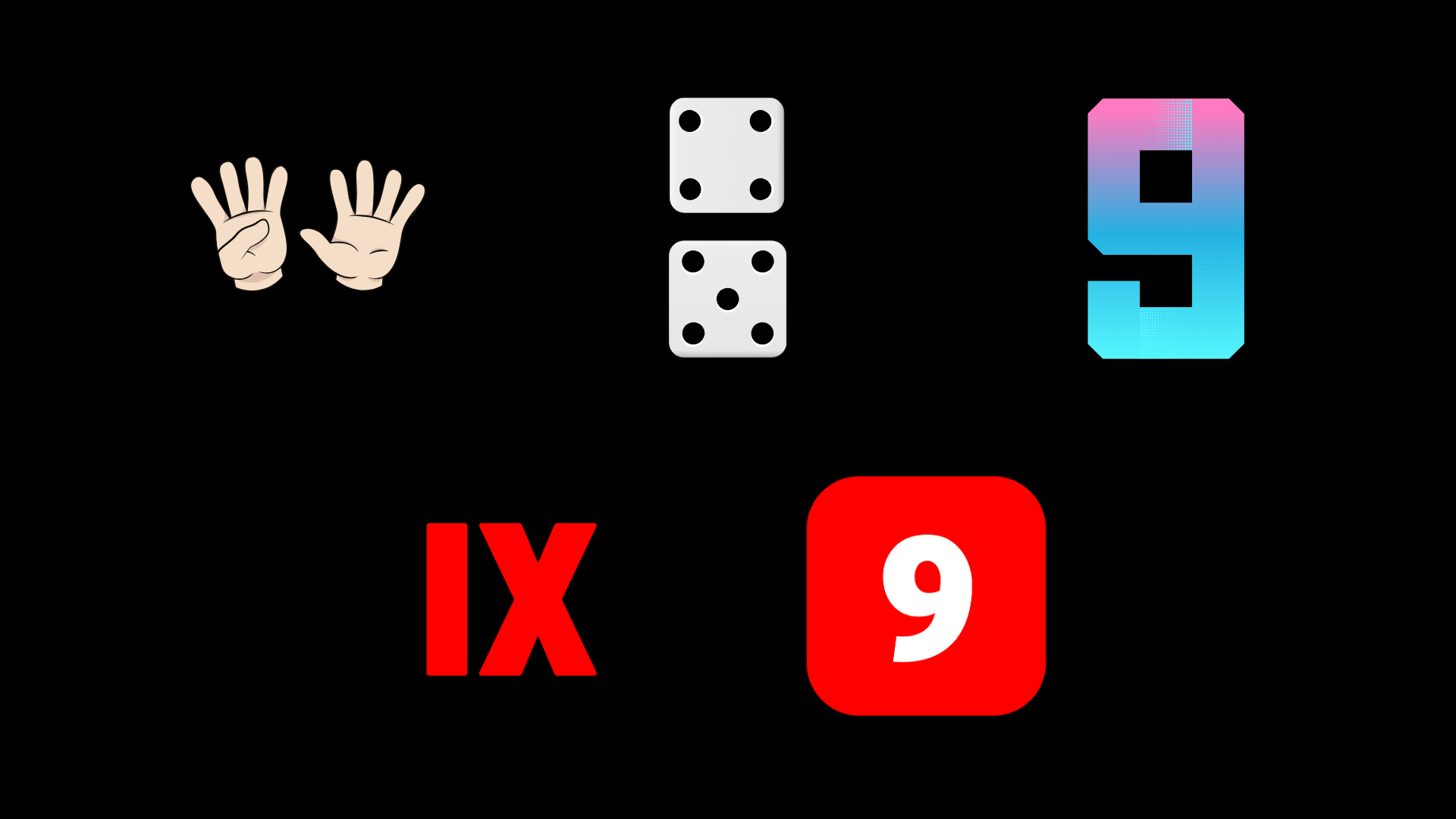
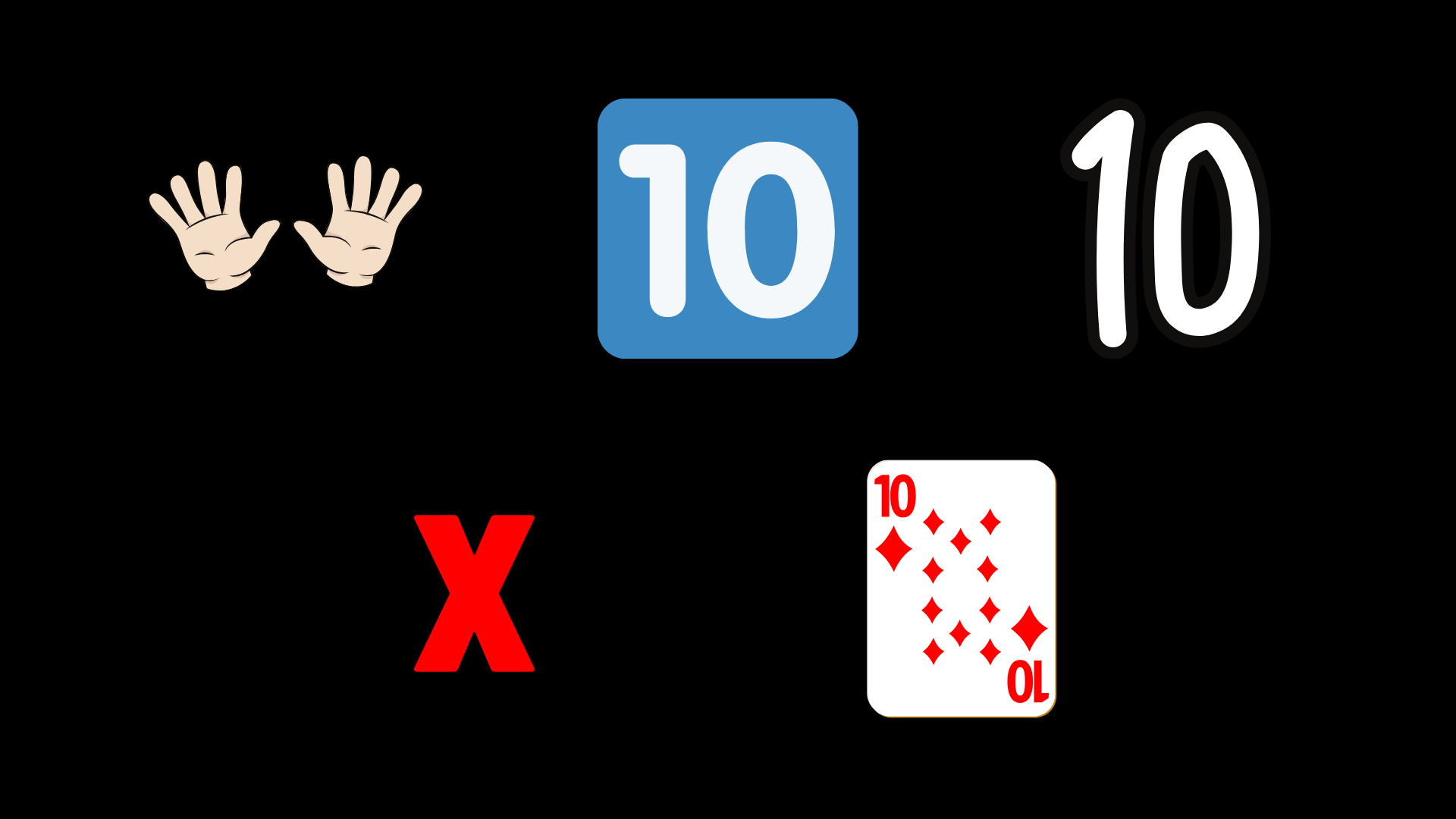
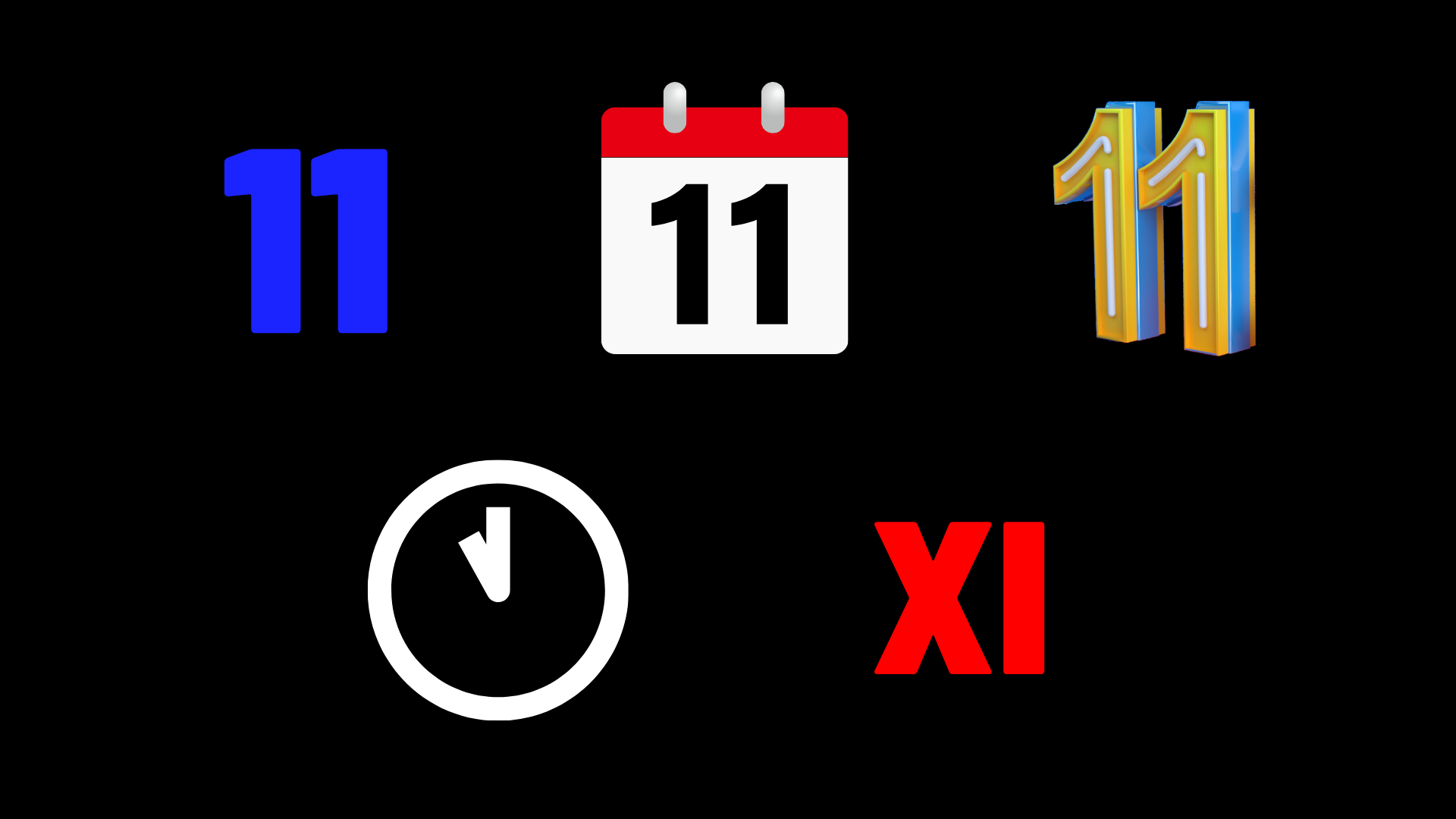
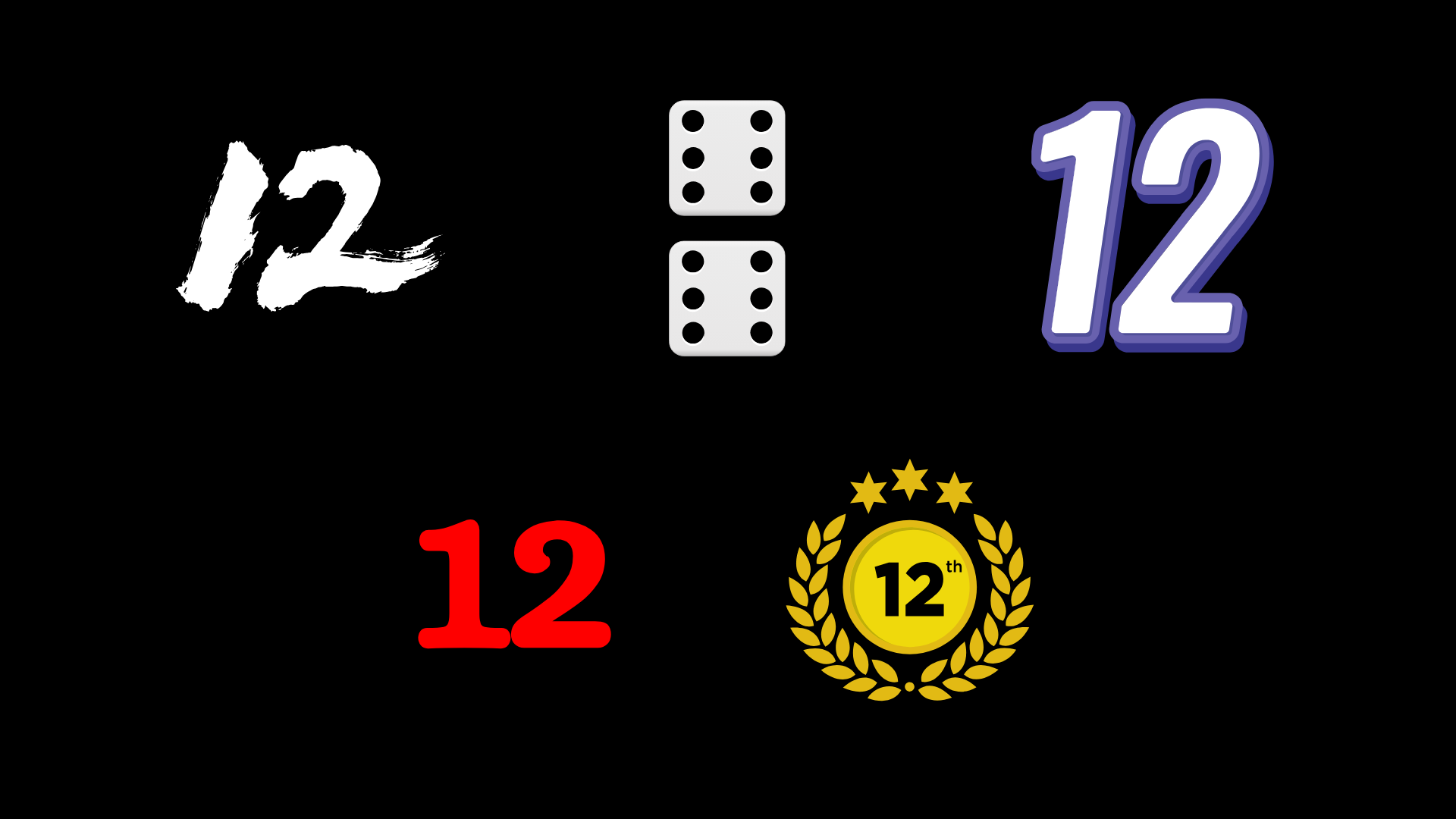
Original Dot Duelers
The brave souls listed below were instrumental in making Dot Duel a reality. They did so by making significant contributions to our Kickstarter. We are forever grateful to these dueling legends.
Chris & Rich W.
Colby Purvis
Collin Strong
Debbie and Ed
Doc R.
flawald66
Heather Feliciano
Jack Puryear
Kathleen Kelly
Ken E.
Mark Wessel
Max Haensel
Michael Anton Sciortino
Paige and Doug Haensel
Priya Thomas
To learn about Dot Duel's origins, check out our Kickstarter campaign by clicking the button below.
